AO Edited
Machu Picchu: The Lost City of The Inca
The intricate stonework of Machu Picchu serves as a testament to Incan engineers.
In Cusco, at 11,000 feet the mountain weather is kaleidoscopic, and the Inca tradition is palpably present. Cusco is every single thing that Santa Fe, New Mexico would like to be - magnificently Spanish colonial, profoundly Indian, filled with often brilliant crafts, and made entirely of real adobe. Just up the hill is the famed Sacsayhuaman complex of behemoth stones perfectly fitted together by Incan engineers. (A nice place to stay in Cusco is the Hotel Monasterio - a restored monastery now run by the Orient Express.)
The train ride to Aguas Caliente is worth the trip all by itself. Surprisingly, Machu Picchu (at nearly 8,000 feet) itself is in fact lower than Cusco, and it’s northwestward, down into the Amazon jungle. As one travels along one sees the biomes change before their eyes. Along the whole way are spectacular rivers, especially the Urubamba, plunging white water without end for miles - it is so relentless and violent, that to this day it has never been kayaked. (When the train stops jump out for some hot corn on the cob offered by locals, with kernels seemingly as big as Inca stonework and purely delicious.)
One is also reminded they are in the Andes. They dwarf all other mountain ranges. So godallmighty huge and steep and inviting and menacing and one marvel at the skill of the Inca and their predecessors, to imagine their mastering these mountains as they did.
If we judge the Greeks and Romans highly because of the excellence of their architecture, what do we make of the Inca, who could be said to surpass them architecturally? In fact, the Inca surpasses everybody in their reverence for stone and water.
At Machu Picchu sixteen stone waterfalls sequence down one side of the site. All over Machu Picchu massive crafted stones are fit together in near-perfect harmony and celebrate the sun, the year cycle, the surrounding mountain shapes, and the way humans take a step.
Machu Picchu is among the greatest architectural achievements and cultural centers of the Incas and the Old World. It is so perfectly built that the structures are able to survive earthquakes, pretty common in Peru and specifically in Machu Picchu, as it was built on top of two fault lines.
Since its discovery, the citadel has attracted millions of tourists, becoming the most visited attraction in Peru. Machu Picchu was declared a Peruvian Historical Sanctuary in 1981 and a UNESCO World Heritage Site in 1983.
Know Before You Go
As of 2017, stricter rules have been placed on visiting Machu Picchu in attempt to deal with the masses that visit every day. Visitors will not be allowed to enter without an authorized guide. Machu Picchu is limited to 2,500 tourists per day. There are already arrows to help control the flow of visitors but these will be more prominent. There are also changes to opening times for Machu Picchu, Huayna Picchu/Wayna Picchu, and Cerro Machu Picchu. Entrance to Machu Picchu is split between a 6:00 AM and 12:00 PM entrance. Buses leave frequently from the small town of Aguas Callientes -- which in itself is a charming mountain community & very tourist trappy! The trip to the site is about 30 minutes on a road with 14 turns! You can also reach Machu Picchu by trekking the Inca trails, there are few options like the classic trail, one-day trail, and the Mollepata trail all of them reach to the Machu Picchu and take four, one and five days respectively. All of them provide an amazing and rewarding trekking experience. Alternatively, you can hike solo to Machu Picchu via Hidroelektrika. It takes 2.5 hours, one way, to reach Aguas Calientes from Hidroelektrika. Trail is straightforward; you just follow the train tracks. Make sure to get the 7am van from Cusco to Hidroelektrika so you'll be at Aguas Calientes by 5pm. When going back to Hidroelektrika, leave by 11am so you'll catch the vans going back to Cusco at 2pm.Be sure to wear comfortable shoes or boots fit for hiking! Many of the steps in the site are stone & often uneven -- they can be hard on your feet & legs. If you do choose to trek the Inca Trail, make sure you bring a very warm sleeping bag as it can get incredibly cold at night.




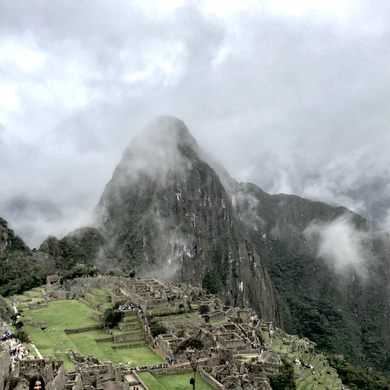





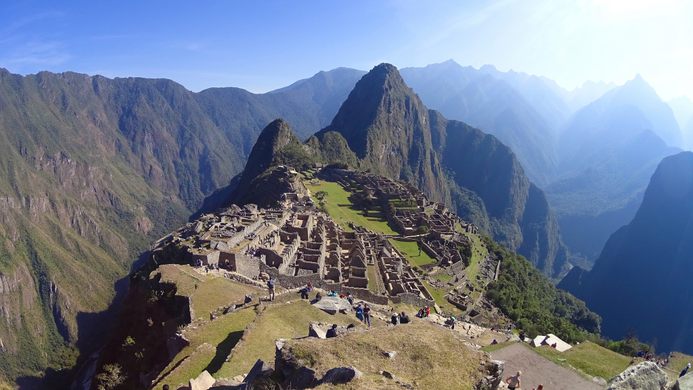
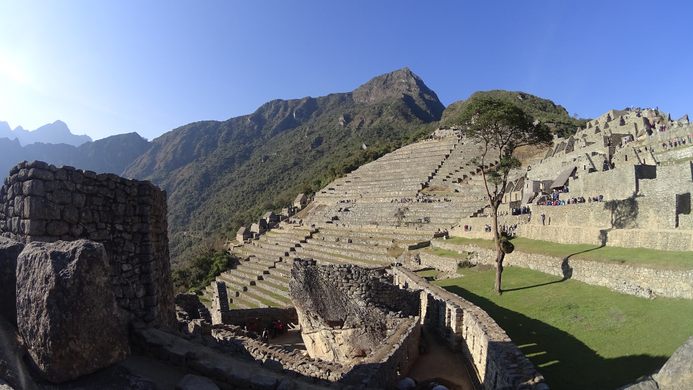
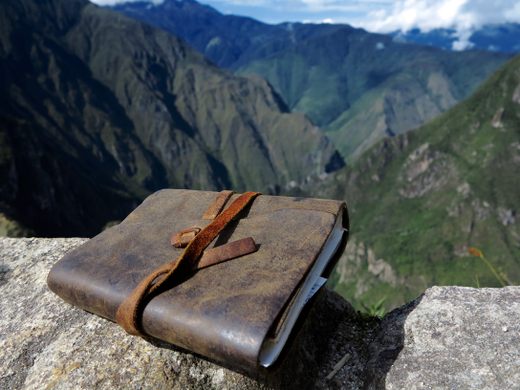




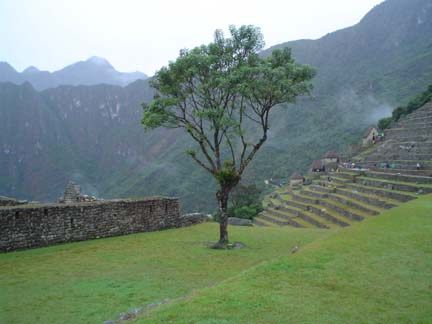
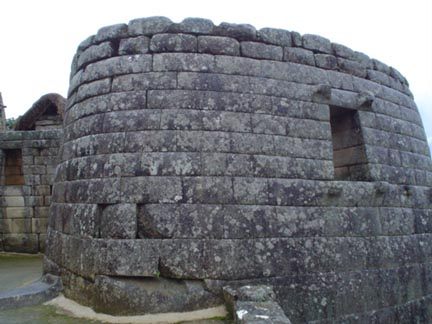


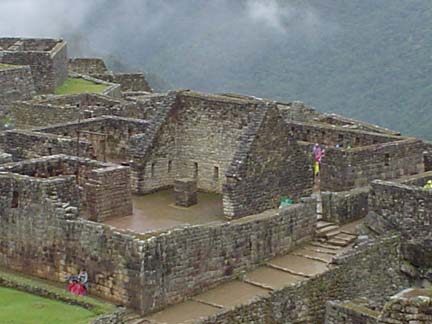
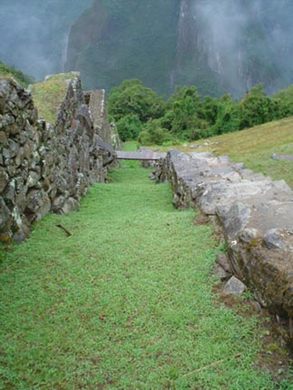



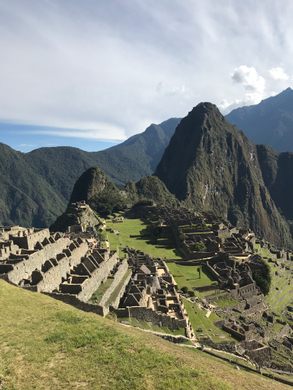







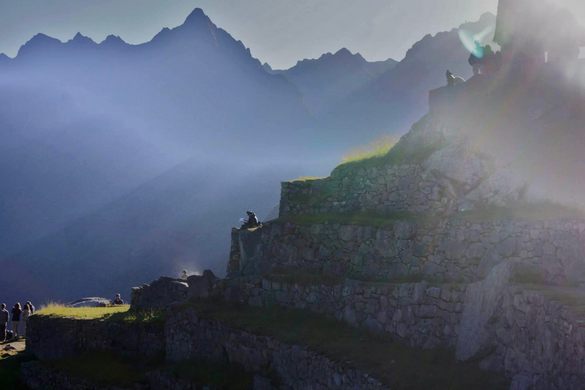

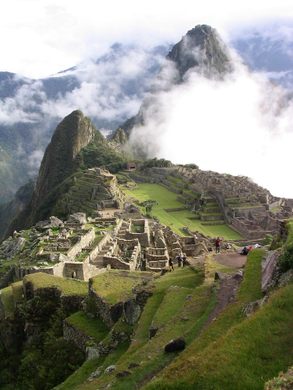



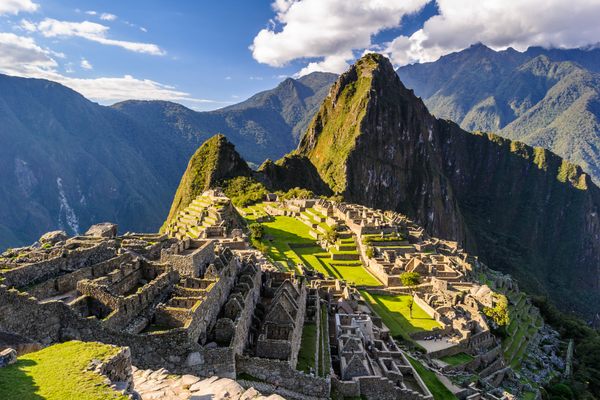





























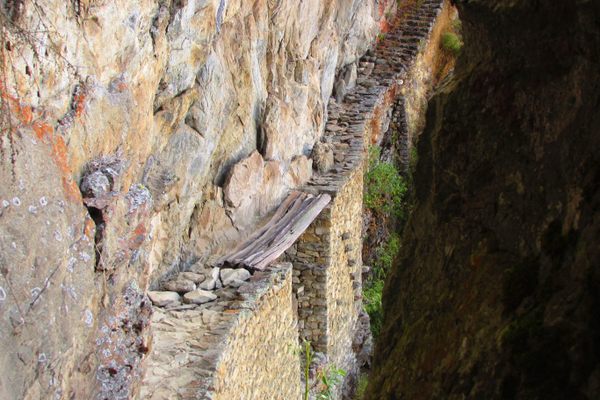



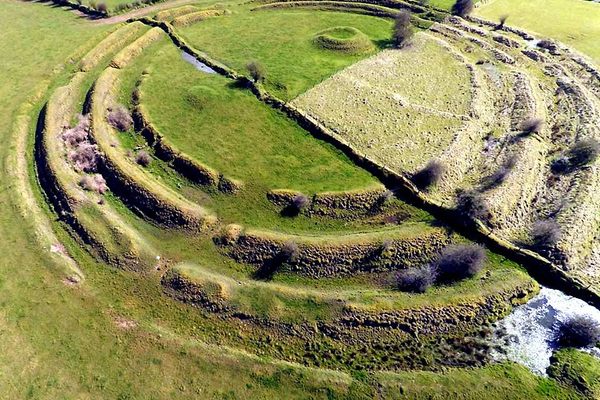


Follow us on Twitter to get the latest on the world's hidden wonders.
Like us on Facebook to get the latest on the world's hidden wonders.
Follow us on Twitter Like us on Facebook